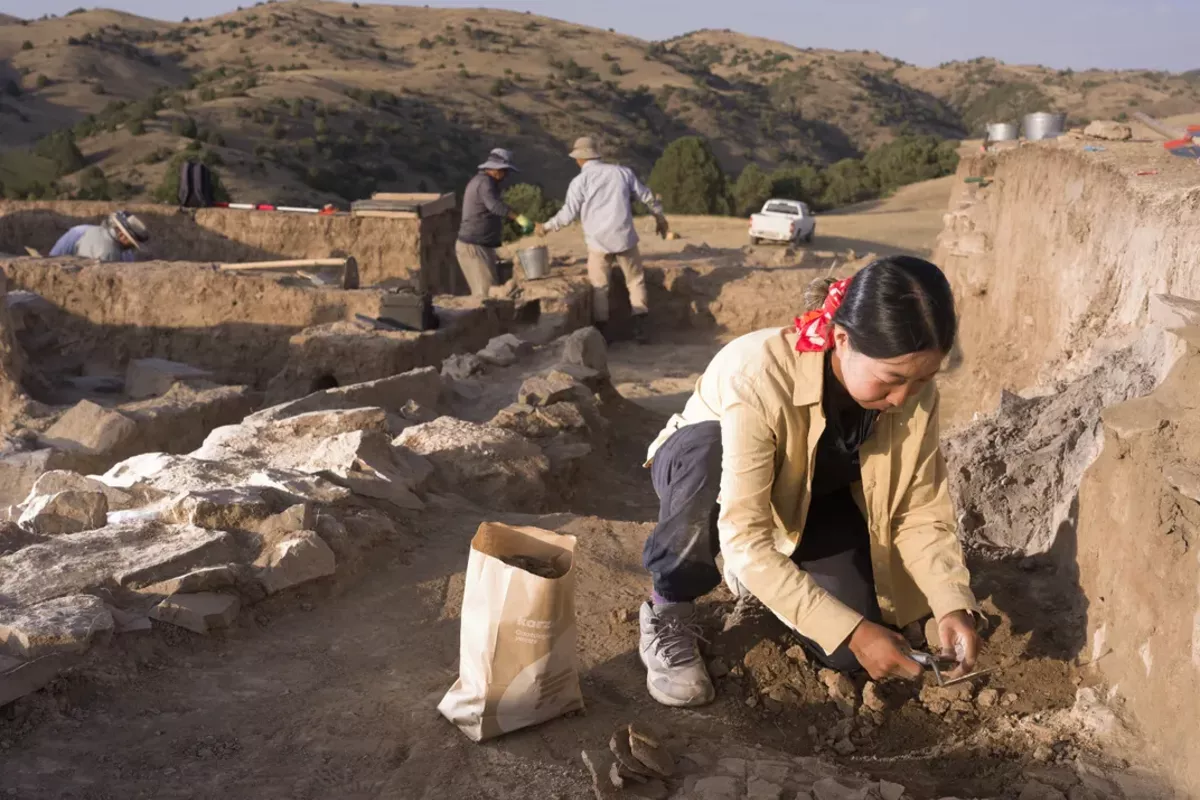
photo: Smithsonian
The US magazine Smithsonian has featured a report on extensive archaeological research in Uzbekistan, revealing findings that could reshape our understanding of highland regions along the Silk Road.
A joint expedition of Uzbek and American scientists uncovered the ruins of a large medieval city, believed to be Marsmanda, mentioned in historical sources, The Caspian Post reports via Smithsonian.
The site, known as Tugunbulak, is a fortified city that existed from the 6th to the 11th century, located at an altitude of approximately 2,000 meters and covering 120 hectares with massive defensive walls.
A standout feature of Tugunbulak was its advanced metallurgy, producing iron, weapons, and tools, highlighting the city’s economic and strategic importance. Researchers emphasize that these discoveries confirm the Silk Road passed not only through major lowland cities but also through highland regions, underscoring the previously underestimated role of nomadic pastoralists in transcontinental trade.
Tugunbulak flourished between the 8th and 11th centuries, attracting nomadic traders during summer months. Excavations revealed workshops, pottery, and luxury items such as silver jewelry and glass beads, reflecting a vibrant urban and trading life.
Additional insights came from the Tashbulak necropolis, located five kilometers from the city. Archaeologists uncovered over 650 graves, with burial rituals following Islamic traditions, indicating the early spread of Islam in the mountainous areas of the region.
Share on social media